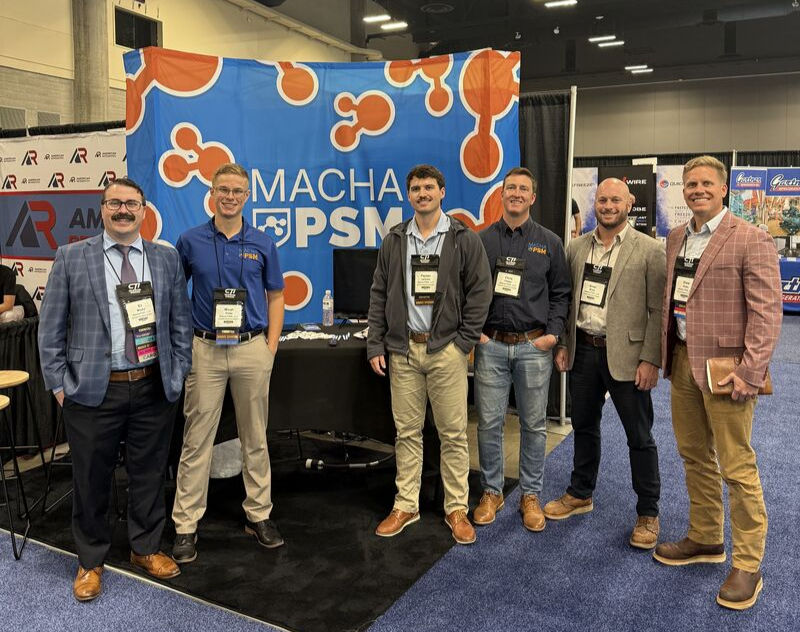Polish your PHA crystal ball | Blog No. 97
- Keith Tyson, Senior Advisor
- 1 day ago
- 3 min read

As the saying goes, hindsight is 20/20. Very often, when an ammonia release occurs, we find that the incident is not addressed in our “what-if” PHA studies. We perform our incident investigation and realize that the root cause of the release was there all along and was something that could (or should) have been easy to foresee. But why was it not so obvious when we were conducting our PHA?
What did we miss? Why do we not see the obvious?
The following are some tips and suggestions for polishing your PHA crystal ball and hopefully not overlooking hazards that are present in your process.
Don’t rely on copy and paste. This can occur when we move to the next subsystem or node on the PHA list and the team agrees that this one is just like the last one. We then copy and paste all the same questions. We are not actually studying the item, merely checking it off our list. This can also occur with an entire PHA. Changing the facility name and date on an existing PHA is NOT a proper PHA. In both cases, there could be differences that could somehow become incidents in the future. We can use previous questions as a starting point, but always look closely for unique or different situations.
A good PHA leader will ask probing questions that cause the team to think about other aspects or from different points of view. What about weekends? What about spare parts? We may be going through each subsystem on the PHA list and reviewing function and operating conditions, but the obvious hazard may be present in off-hours or nonstandard operations. Try to broaden the scenarios by thinking outside of normal operation.
We all use the cliché of thinking outside the box. Sometimes, outside the box is also outside of the department. A PHA team is usually comprised of refrigeration personnel, but the point of view of other departments may reveal a true hazard. The refrigeration team may consider all the hazards of the piping and evaporator coil, but it may be the production folks who see handling equipment operating with a reasonable chance of impact (one of my true stories). It is very wise to include other departments in the PHA to get their perspective.
Try to recognize the clues. Many times, a failure will occur, and the cause is found to be something that was always in plain sight. It always ran that way, or that’s the way we always did it. When the team assigns a high likelihood to a scenario and there is a potential hazard, what they are really saying is “this could happen at any time”. If you’re looking for a sign, this is it.
Reviewing past incidents and near misses is one of the requirements of PHAs. Most of the time, we limit the study to incident reports of the last five years. We should also consider releases that have occurred in our corporate partners’ facilities or perhaps within the industry. Sharing information within corporate settings is common, but you may need to read industry publications or attend conferences to get information regarding some incidents. A good PHA leader will bring experiences from other PHAs to the study as well.
We don’t have magic mirrors or crystal balls with which we can observe the future. What we do have is the ability to look for clues and consider events that might take place. The PHA is one of our most important weapons in the war against accidents and incidents. If we look closely enough, we can prevent most accidents just by asking “what if”.
Thank you for reading!

For a comprehensive training on Anhydrous Ammonia, click here for our PSM Academy Ammonia Awareness training, to learn and earn a certificate of completion. Training is in English and Spanish. Use code SDS20 for a 20% discount on the entire purchase. For more information, email us at academy@machapsm.com.





Comments